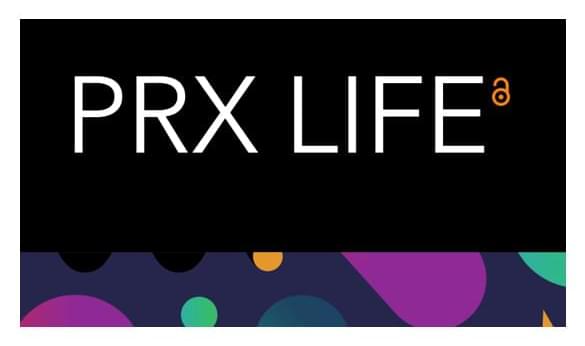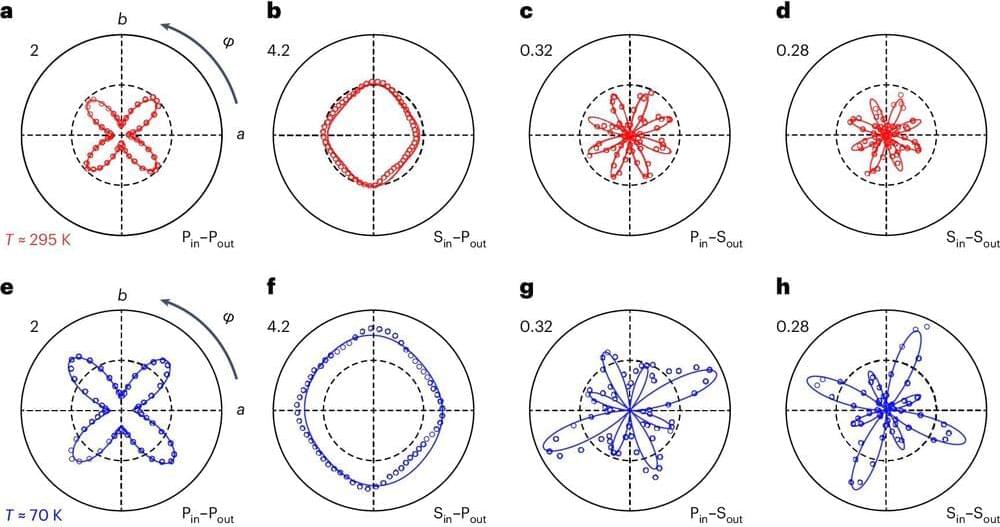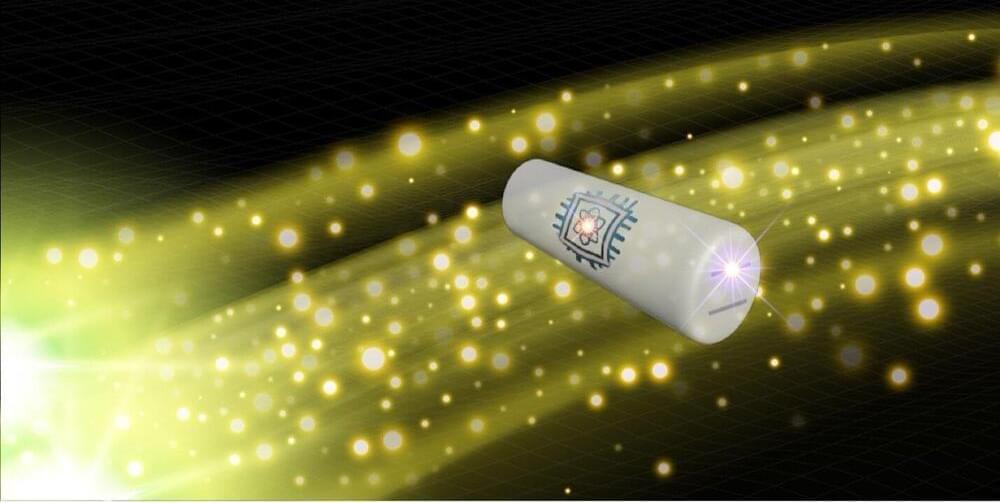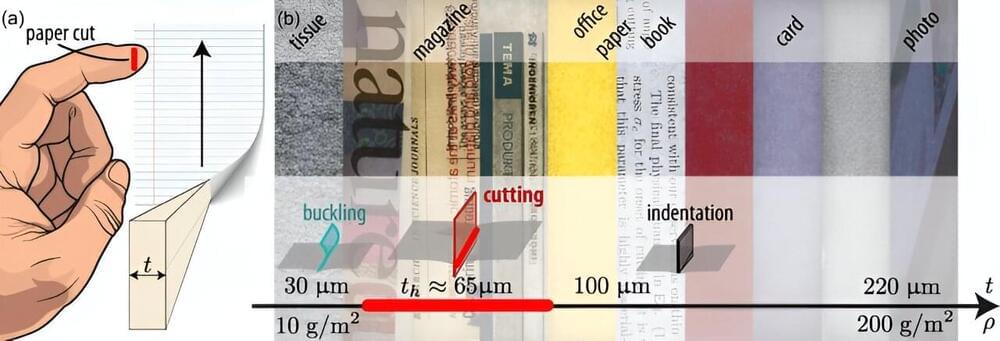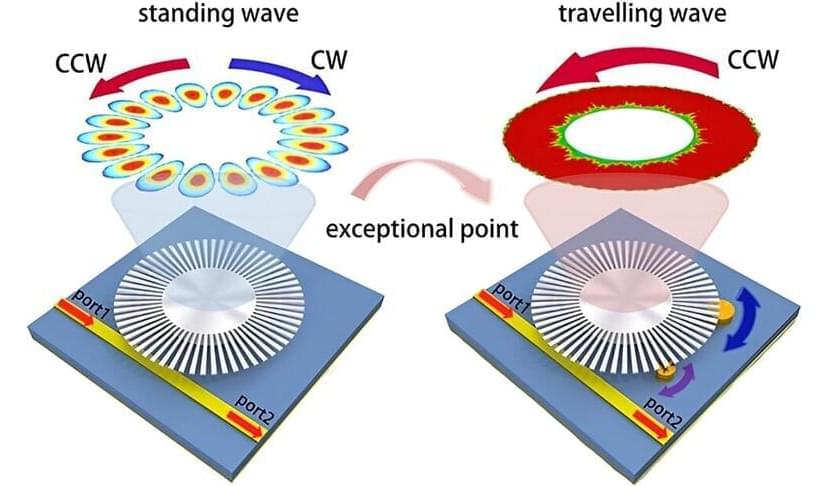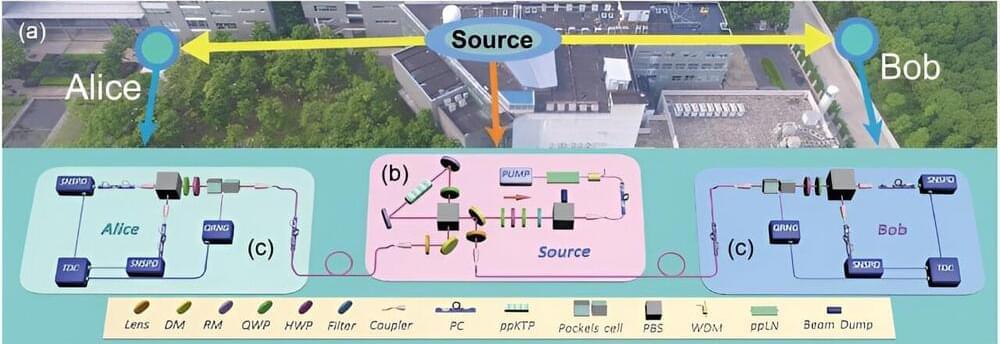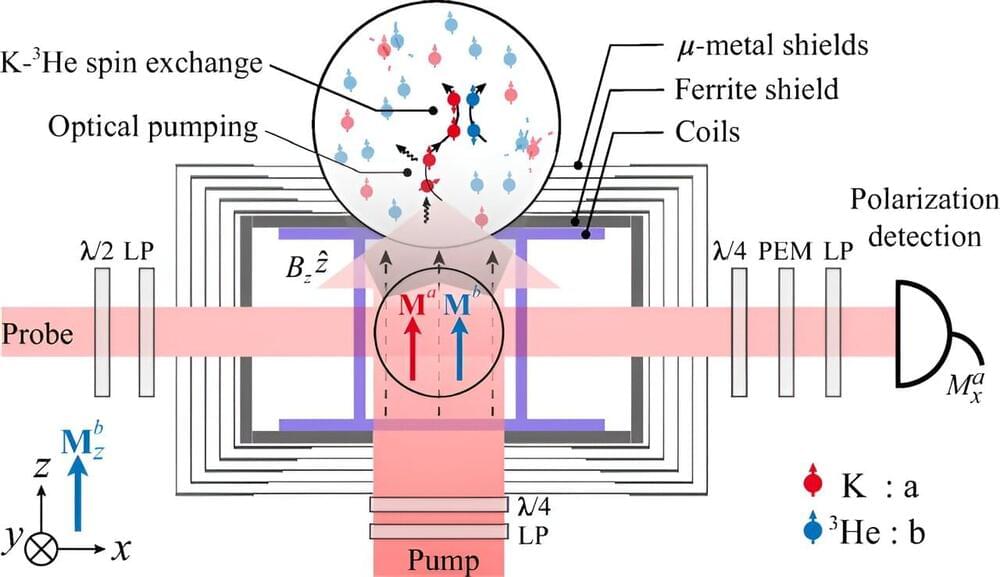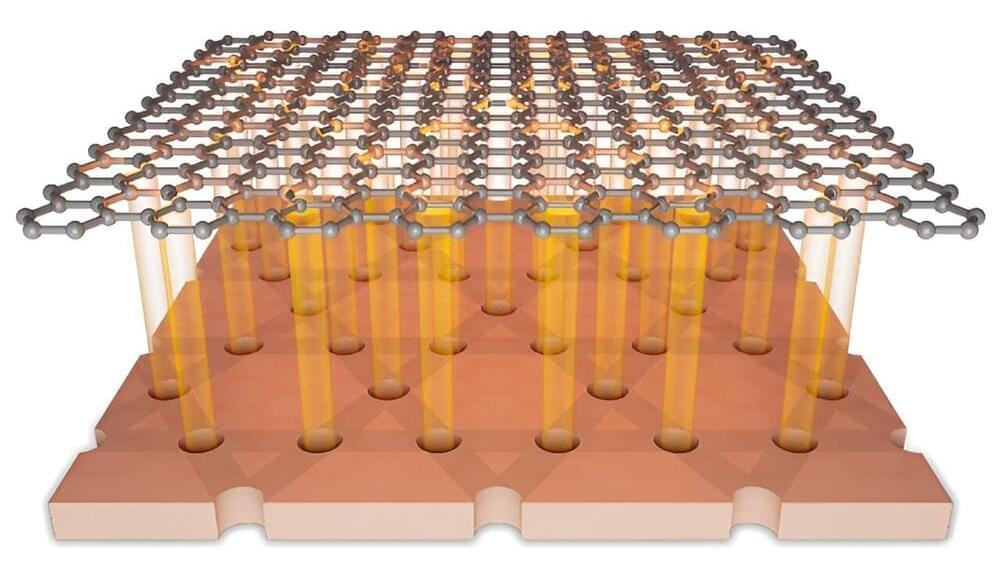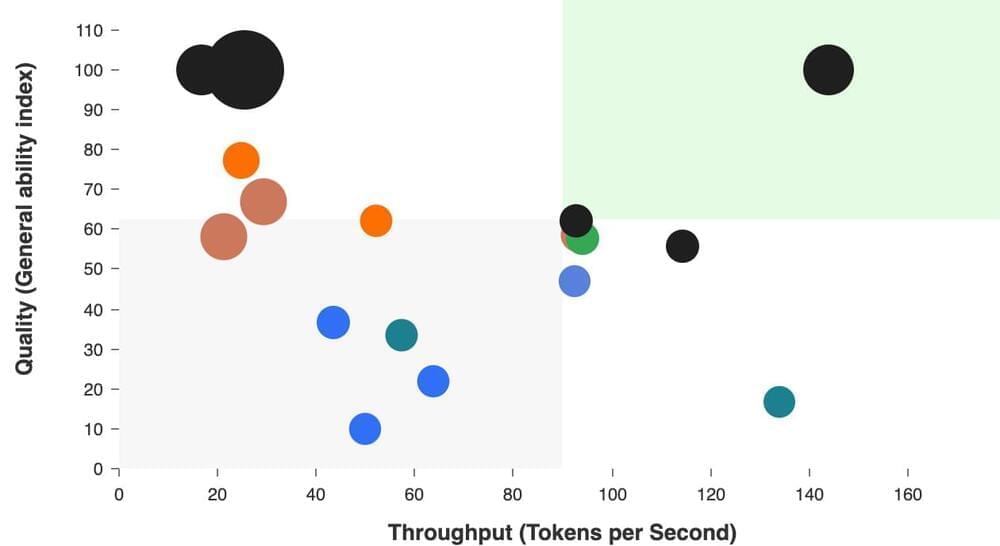Aug 28, 2024
The Secret, Magical Life Of Lithium
Posted by Shubham Ghosh Roy in categories: neuroscience, sustainability
One of the oldest, scarcest elements in the universe has given us treatments for mental illness, ovenproof casserole dishes and electric cars. But how much do we really know about lithium?

